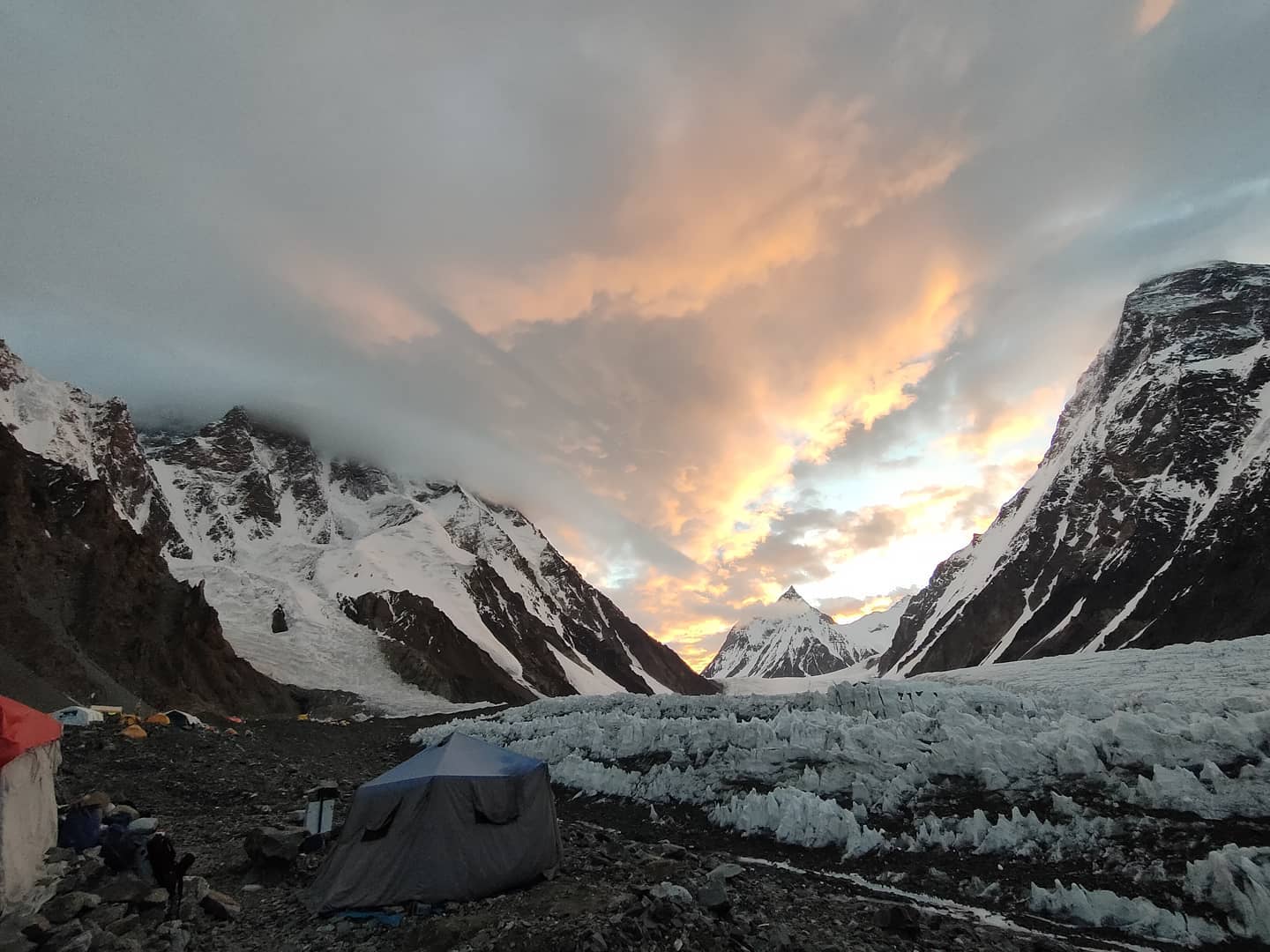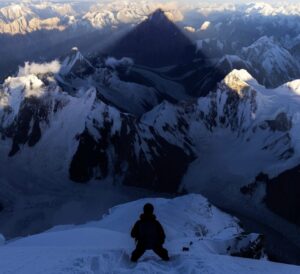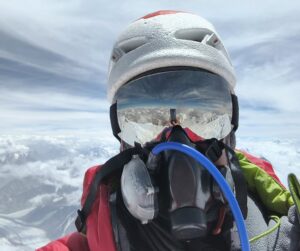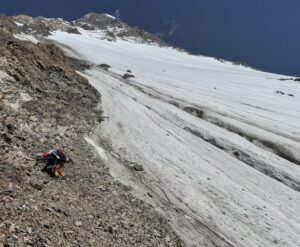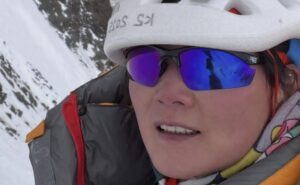The mountains take lives, and eventually, they return the bodies. But identifying them is not always easy.
A week ago, Riccardo Selvatico, a photographer with an Italian-Pakistani expedition launched by the Italian Alpine Club to commemorate the 70th anniversary of K2’s first ascent, found the mummified remains of a climber during a glacier walk.
At first, they thought it was a Spaniard from the Basque Country because he wore a jacket with the logo “Bask” on it. Indeed, Basque climber Atxo Apellaniz died on K2 in 1994. But he was on the north side, in Chinese territory. So it wasn’t him.
A year later, in 1995, three Spaniards — Javier Escartin, Javier Olivar, and Lorenzo Ortiz — died in an avalanche on the South Side of K2. But they were from Aragon, not Basque Country. Besides, Basque is written “Vasco” in Spanish and “Euskera” or “Euskaldun” in the Basque language.
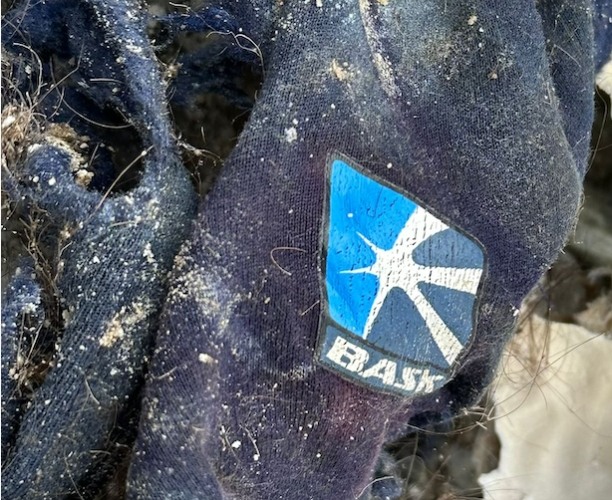
Logo on the jacket of the deceased climber found on K2. Photo: Club Alpino Italiano
A clothing brand
It turns out that Bask is a Russian brand of mountain clothing that sponsored some of its country’s expeditions in the 2000s and 2010s. When the Russian climbing community saw the pictures, they quickly came up with another, more plausible theory.
“Most probably, he is one of the four Siberian climbers who died in 2005,” Elena Laletina of Russianclimb wrote. “Alexander Foight, Yuri Uteshev, Piotr Kuznetsov, and Arkady Kuvakin wore such jackets. They were swept [away] by an avalanche at the Bottleneck.”
Yuri Kruglov, a Russian climber currently climbing K2, took a sample from the body to later run a DNA test that will identify the deceased climber. In the meantime, the long-dead avalanche victim was buried beside the Gilkey Memorial on the glacier.
